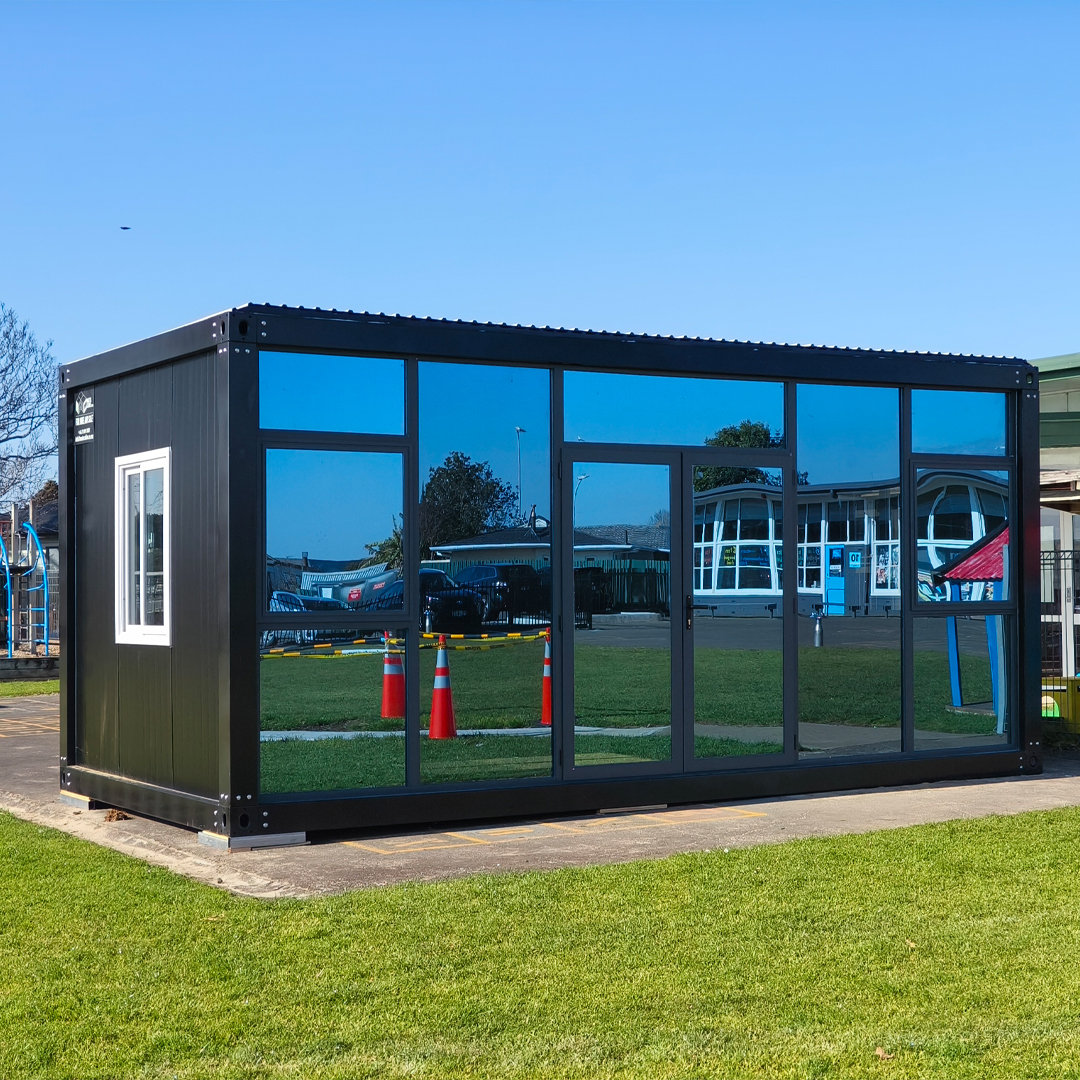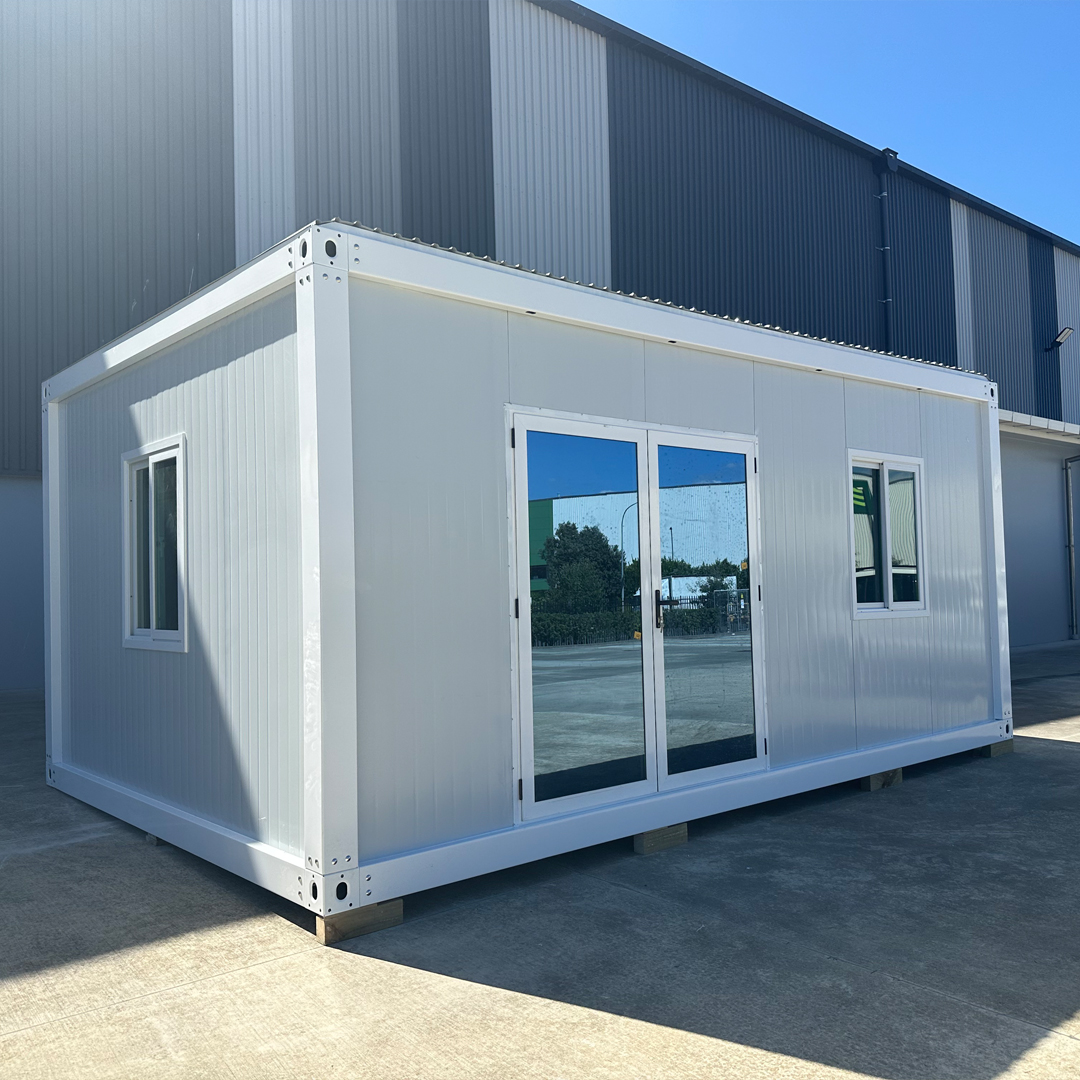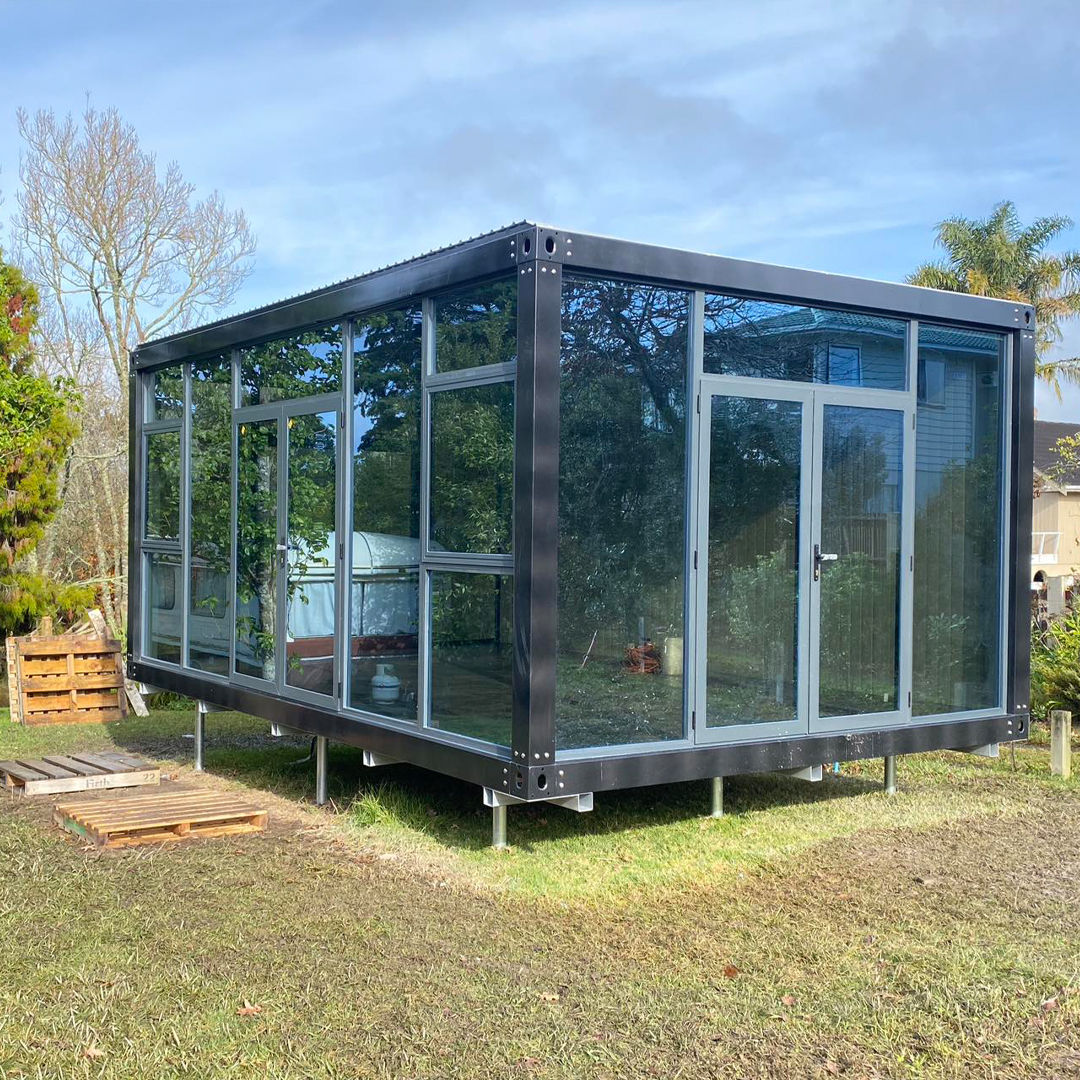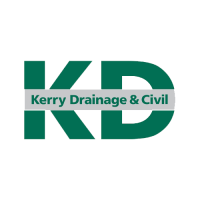






Master Cabins is all about creating smart, versatile spaces that work for you. We’re passionate about providing top-notch portable cabins that solve your space challenges, whether you need a comfy bedroom, a productive home office, or a fully customized living unit.

Smart Solutions: From simple studios to bespoke designs, we have the perfect cabin to fit your vision and needs.
Hassle-Free Experience: We deliver and set up your cabin right where you need it. Sit back and relax, we handle the heavy lifting.
Local Expertise & Value: Based right here in Auckland, we offer competitive pricing, obligation-free quotes, and personalized service – whether you're in the city or beyond.
Our cabins are built to last, offering safe, quality, and affordable space solutions. Looking to buy your perfect cabin, rent a flexible space unit, or explore finance options? Just call Master Cabins. We’ll make your ideal space a reality.
We stand firmly behind our quality. If any fault arises with your Master Cabin within 2 years of installation—due to materials or craftsmanship—we’ll repair it at no cost to you. Our team responds fast, fixes right, and ensures your space stays perfect.
Simple. Solid. Guaranteed.

This is a model, not a prediction. Amounts and repayment periods are estimates only, actual amounts may be higher or lower. Results are based on the information you have provided and do not take your personal circumstances into account. To read full terms & conditions click here.
At Master Cabins, we are proud to work with a diverse range of clients across New Zealand — from homeowners seeking a stylish retreat or functional guest space, to businesses needing modern on-site offices or accommodation. Our glass-walled cabins are trusted by private buyers, property developers, hospitality providers, and more. Whether you’re building a personal haven or expanding your business potential, our clients value our craftsmanship, quality materials, and seamless service.
Join the growing number of New Zealanders who have made Master Cabins part of their lifestyle.



















